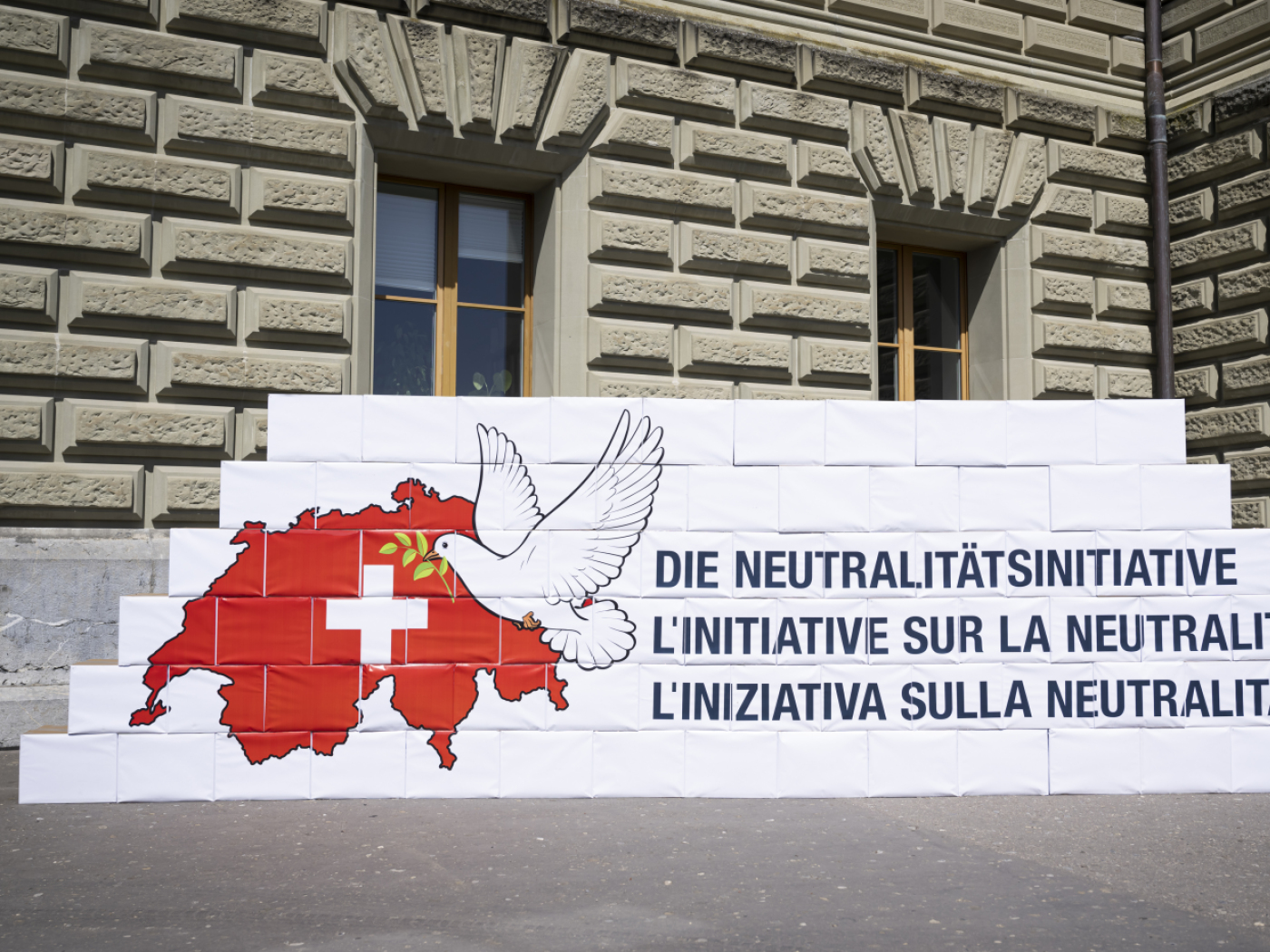
Expert raises alarm over skin cancer
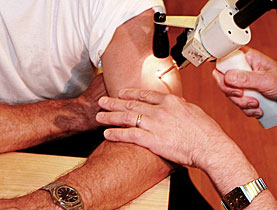
Switzerland has one of the top rates of skin cancer in Europe, dermatologist Renato Panizzon tells swissinfo.ch.
Ahead of National Skin Cancer Day on Monday, the professor explains why the Swiss are so at risk and what the warning signs are for the illness.
Panizzon, who is chairman of the dermatology department at Lausanne University Hospital, is one of 150 doctors around the country who will be conducting free consultations on National Skin Cancer Day.
The initiative has been organised by the Swiss Cancer League as a way of encouraging people to come forward.
Around 1,700 people are diagnosed each year in Switzerland with melanoma, the most virulent form of the disease. This makes up around five per cent of cancer cases in the country. Around 250 people die annually from the illness.
swissinfo: How much of a problem is skin cancer within Switzerland?
Renato Panizzon: This is a special problem because we are in the top three in Europe depending on which skin cancer. We do prevention work for skin cancer, not only for melanoma where we are near the top of the rankings, but also for basal cell and squamous cell carcinomas, the other types, which are even more common types of the disease.
swissinfo: Why is Switzerland among the top three most affected countries?
R.P.: It seems that it is related to the economy, which until now has not been too bad in Switzerland. People can afford vacations and leisure time and we think that is one of the main reasons, especially for melanoma. Basal cell and squamous cell cancers used to mostly affect people in professions working outside. Now people can afford to go to countries with hot climates and this can result in skin cancer.
The level of skin cancer has risen in the past years and it’s still increasing. We have seen the mortality from melanoma rising but with our prevention campaigns we were able to decrease mortality among women. In men it’s still a problem because they don’t like going to the doctor and they don’t pay as much attention to their skin as women. So we have to work a little bit more men.
swissinfo: What are the worrying signs that people should look out for?
R.P.: These are pigmented brownish lesions, if they are round and clear brown that is not so much a problem. If they are different colours or different aspects of black, brown, pink, or are bluish, and greyish and have borders which are irregular and changing, you should have them checked. If you look at yourself and see an ugly duckling, a lesion which is not like the others, then you have it seen to.
swissinfo: What else can be done to get the message across?
R.P.: Be aware of behaviour in the sun, like the Mediterranean people. The Australians say ‘between 11 and 3 we are under the tree’, or you can take a siesta.
We never said that you couldn’t go into the sun. There is a big discussion about Vitamin D, but for us it’s not such a problem. Before ten [o’clock] and after three you can go outside, you can go swimming, it’s less dangerous and you have enough sunshine for your Vitamin D. But you should avoid sunburn and should set a good example for children.
So avoid the midday sun, wear a hat, shirt and trousers or shorts. Sunscreen comes in third place because if you only use sunscreen, you think the more you put it on, the more you can stay outside. But this is not the right way to go about it.
swissinfo: Are people still using sunbeds or is this trend changing?
R.P.: Solariums and sunbeds are dangerous because it’s an additional UV and this means additional damage.
There is sunbed use especially among young women, between the ages of 15-30, who think they can get a tan for their holiday. But it’s not true because you mostly have UVA in sun beds. But it is UVB that burns you outside. So you have a little tan but this tan does not protect you from burning.
Isobel Leybold-Johnson, swissinfo.ch
Switzerland has the second-highest rate of skin cancer in Europe after Norway. According to the World Health Organization, it is fifth worldwide.
The number of cases diagnosed each year in Switzerland has doubled in the past two decades and continues to rise by 3% each year.
Apart from the 1,700 melanoma cases, there are also 13,000 cases of basal cell, the most common form.
Melanomas are particularly frequent on the arms and upper body. There is also a high rate for the neck and head, which experts attribute to the Swiss love of alpine sports, where there is exposure to higher intensity of UV rays.
National Skin Cancer Day is being held for the fourth time.
Basal cell carcinoma
The most common form of tumour affecting the skin (around 90% of cases), mostly affecting people aged over 50. While not normally fatal, it can cause disfigurement. If caught early enough, it can be treated.
Squamous cell carcinoma
This may appear as nodules or as red, scaly patches of skin which may increase rapidly. It is the second-most common skin cancer found in Caucasians and is usually found on fair-skinned people. Although generally more aggressive than basal cell carcinoma, this cancer is highly treatable.
Melanoma
This the most dangerous form of the disease because it can spread to other parts of the body. Unlike other forms of skin cancer, it can affect young people as well. However, if caught early enough, this rare form of skin cancer can be cured.

In compliance with the JTI standards
More: SWI swissinfo.ch certified by the Journalism Trust Initiative
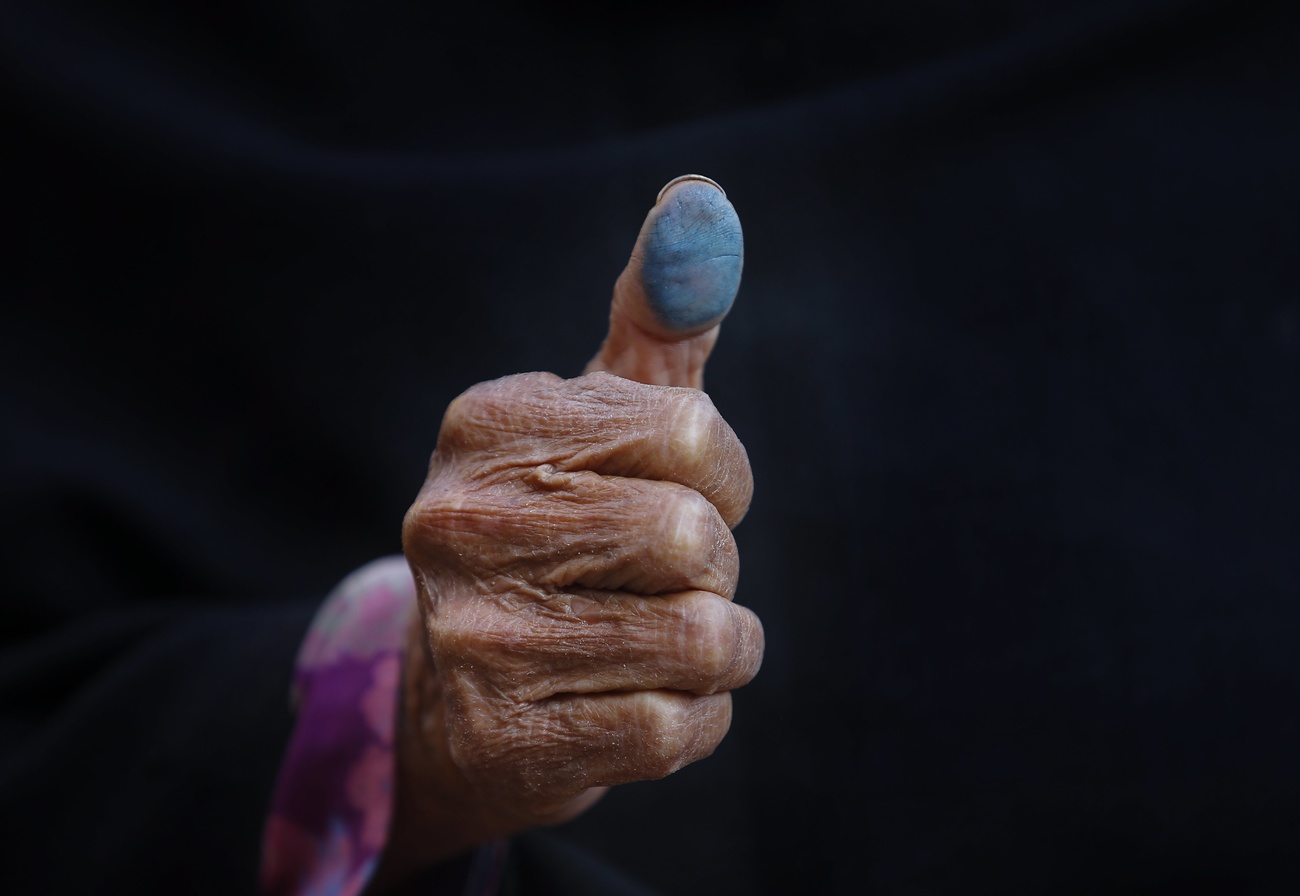








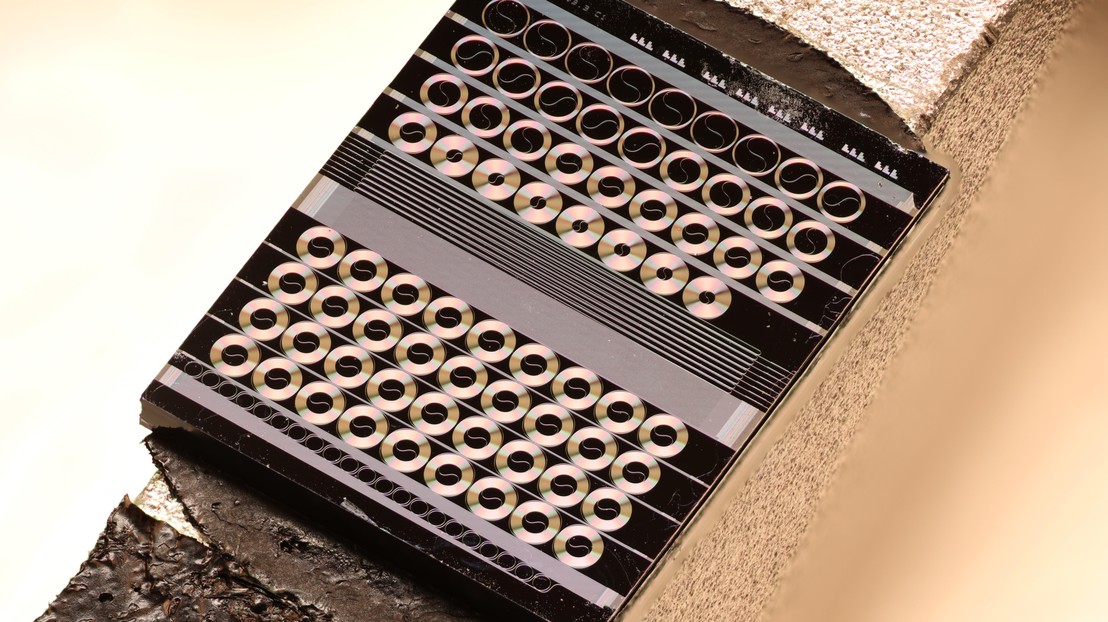




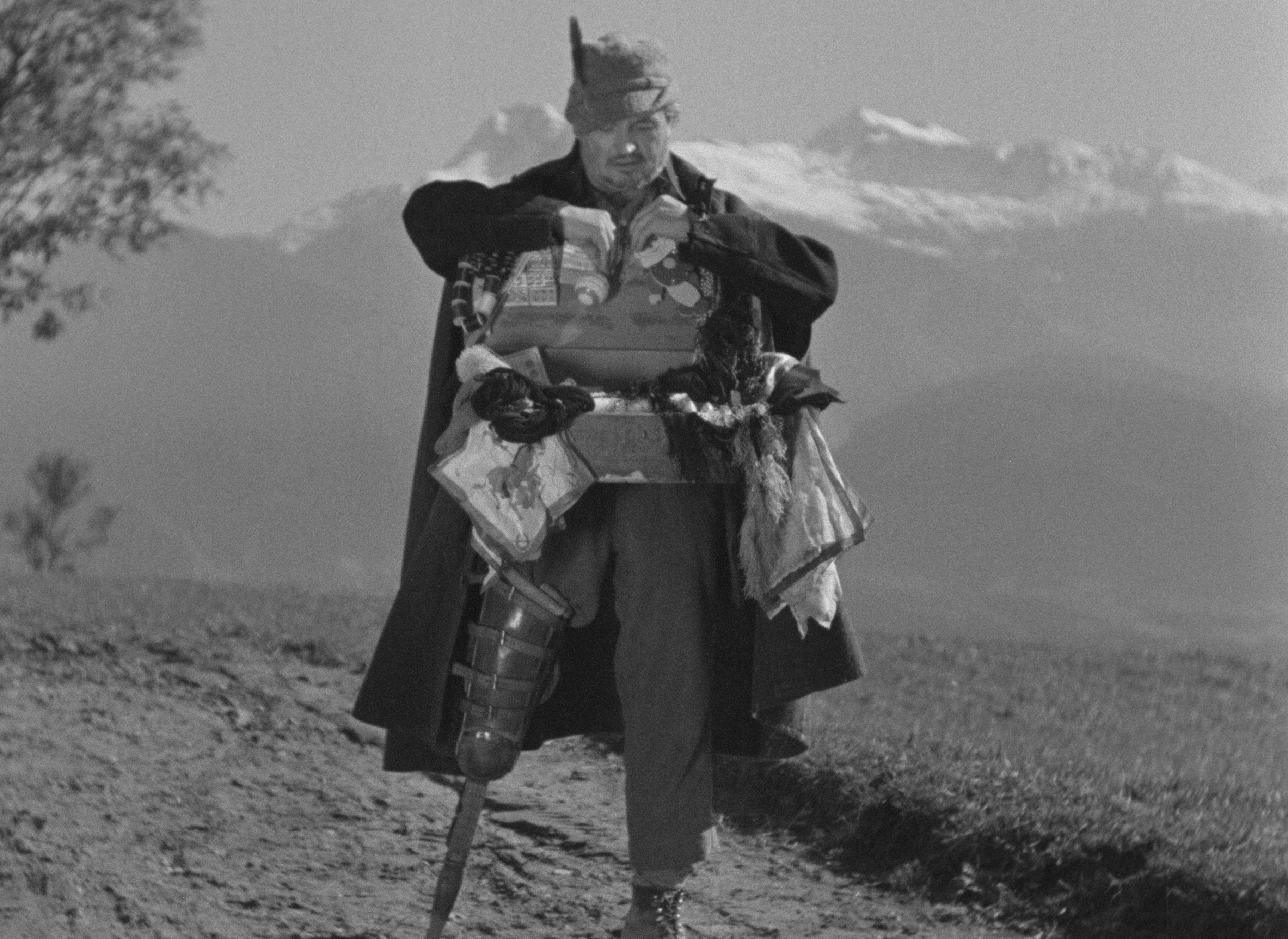
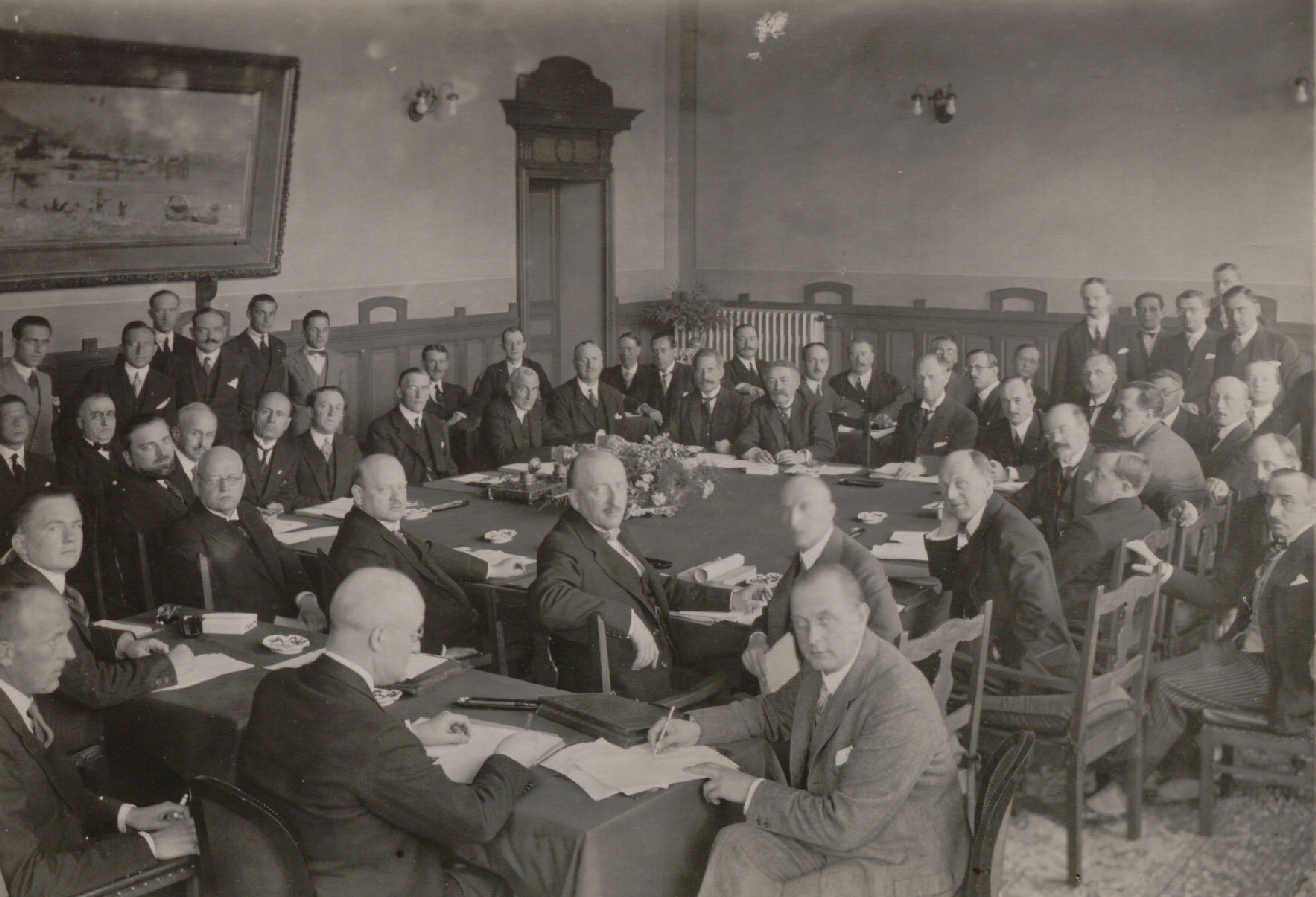












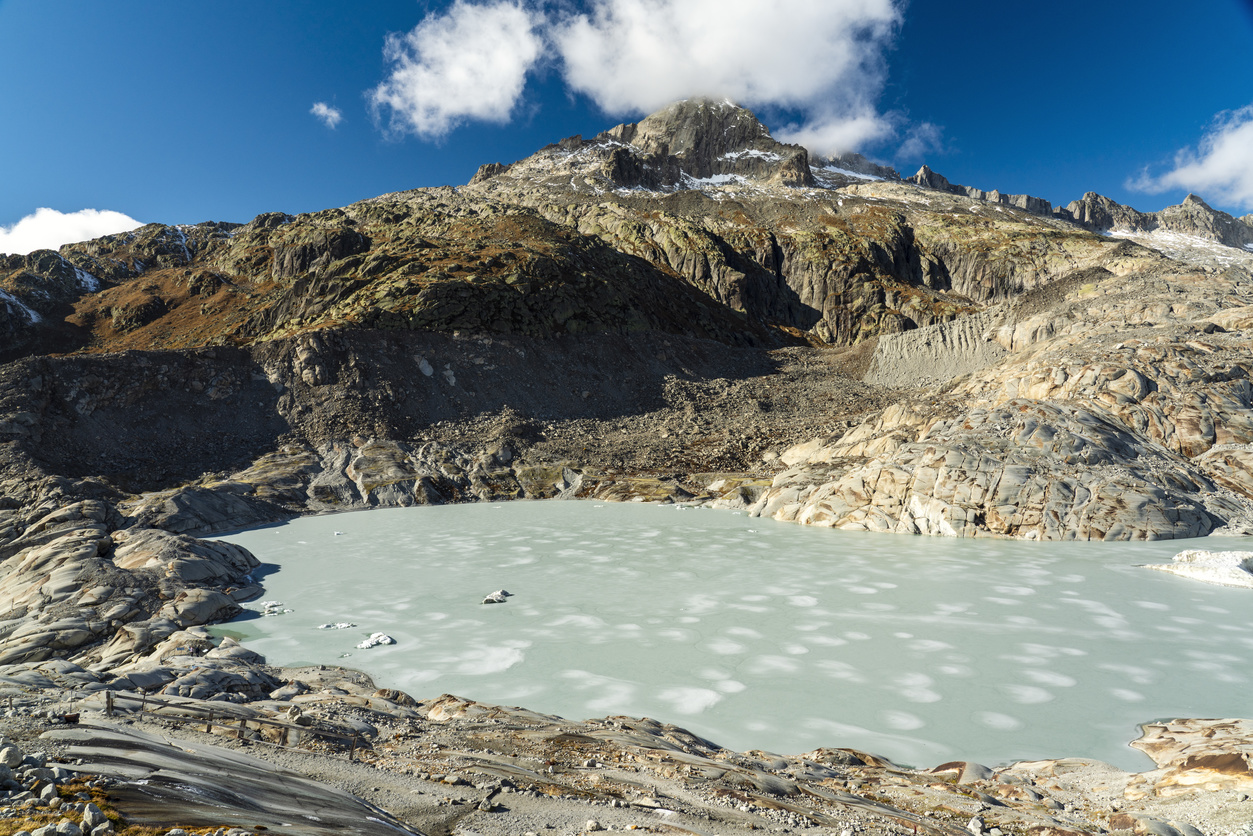
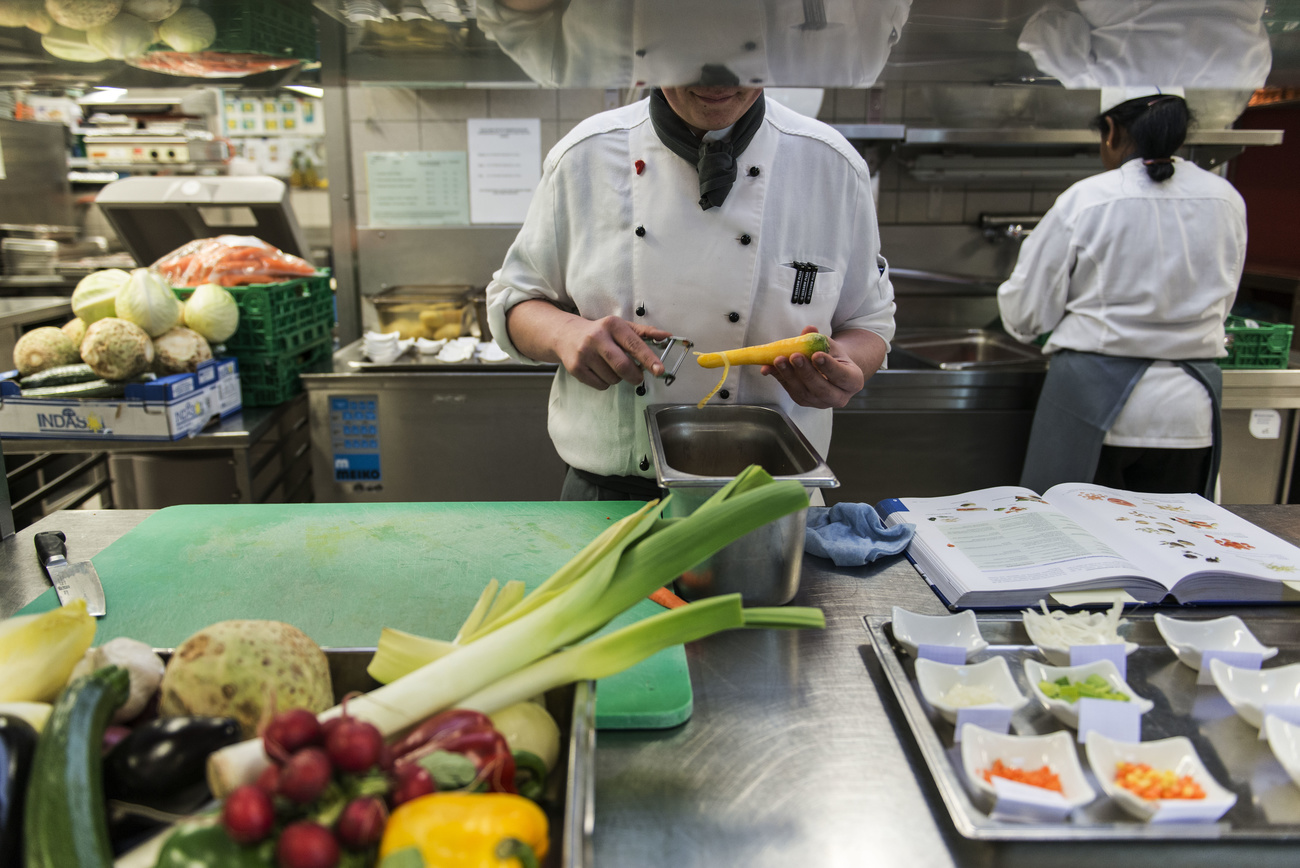
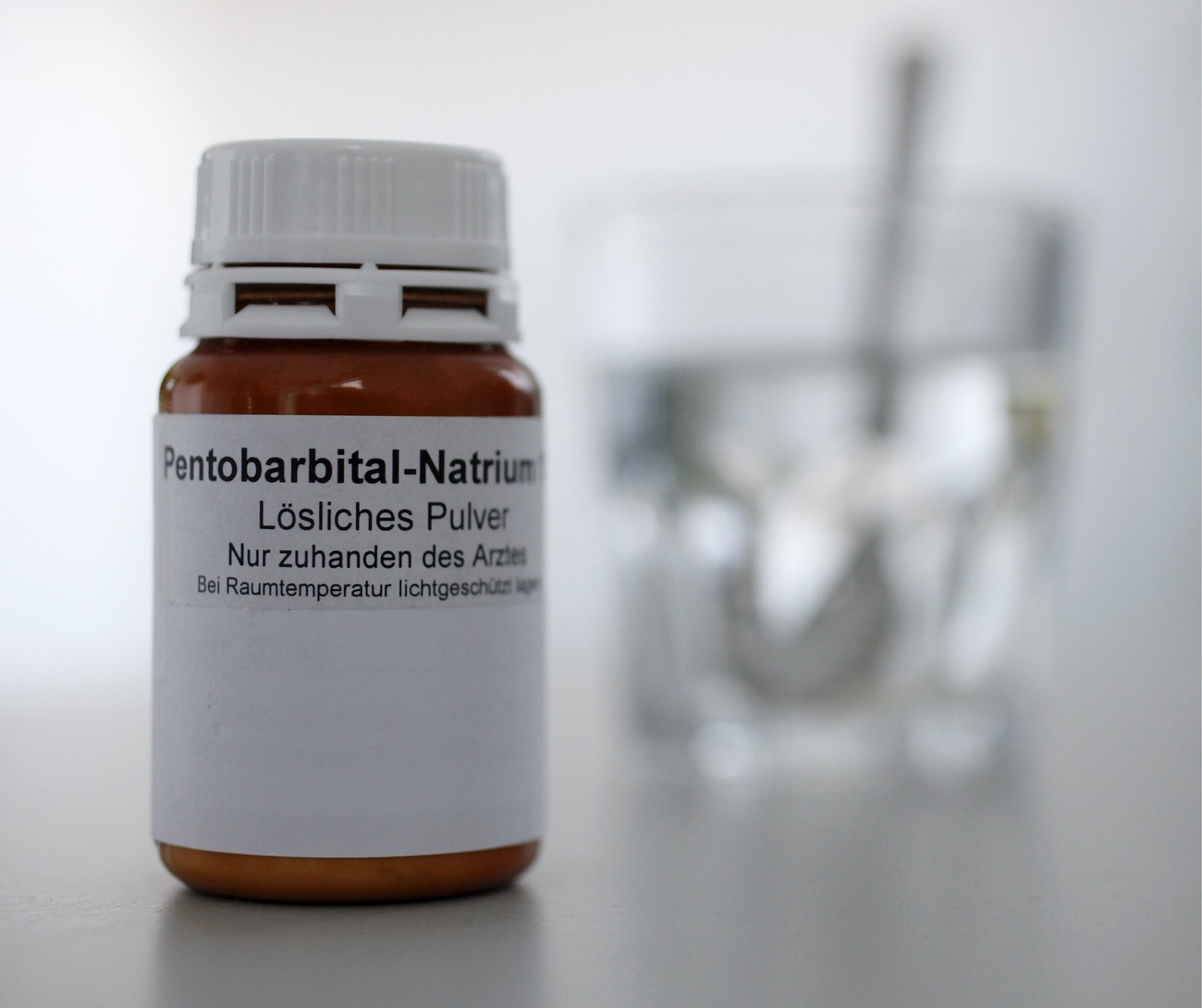
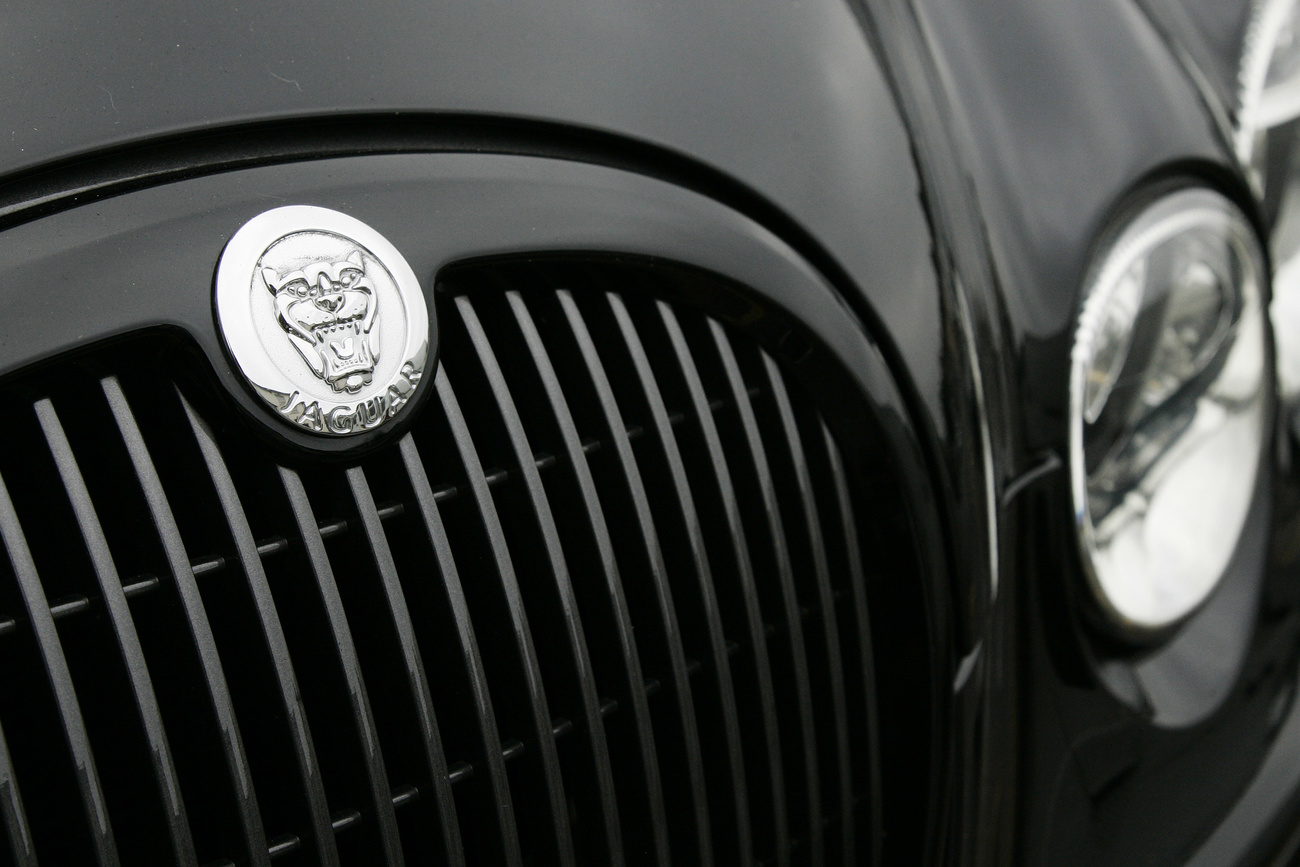

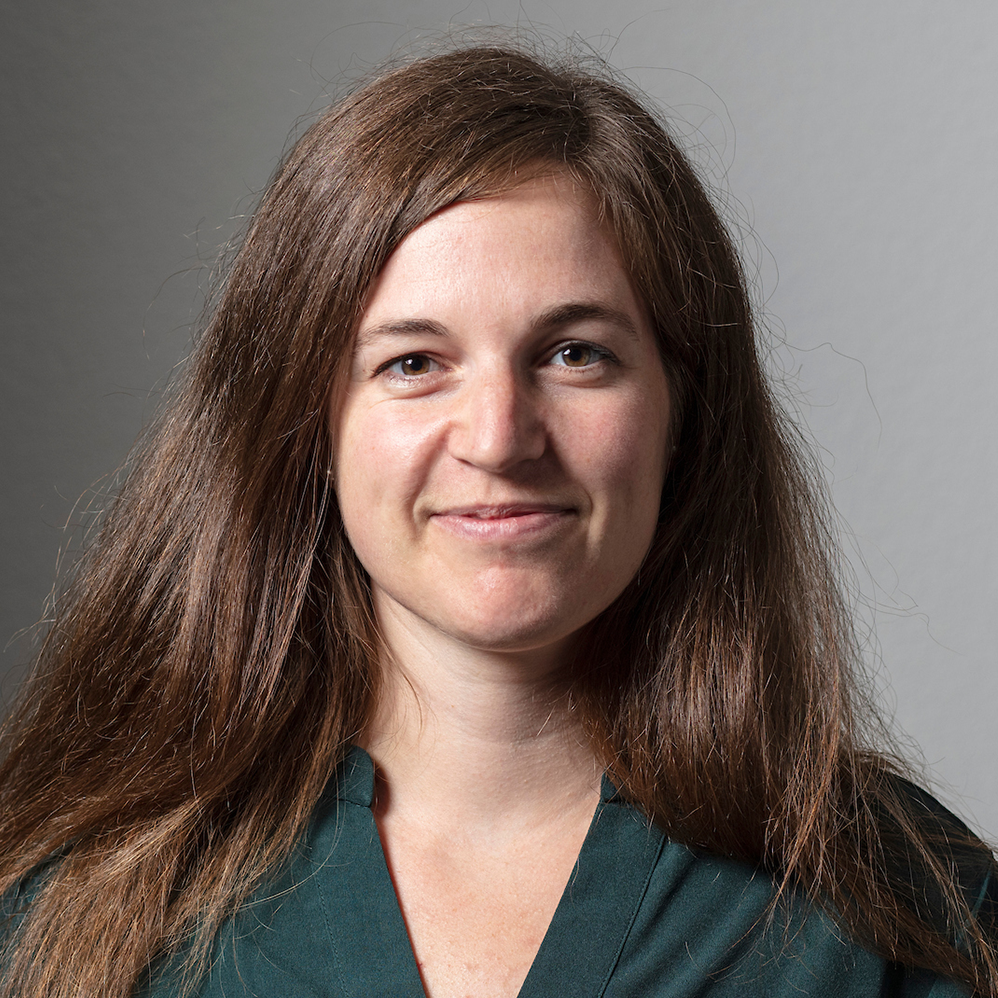



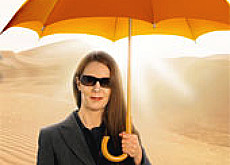
You can find an overview of ongoing debates with our journalists here . Please join us!
If you want to start a conversation about a topic raised in this article or want to report factual errors, email us at english@swissinfo.ch.